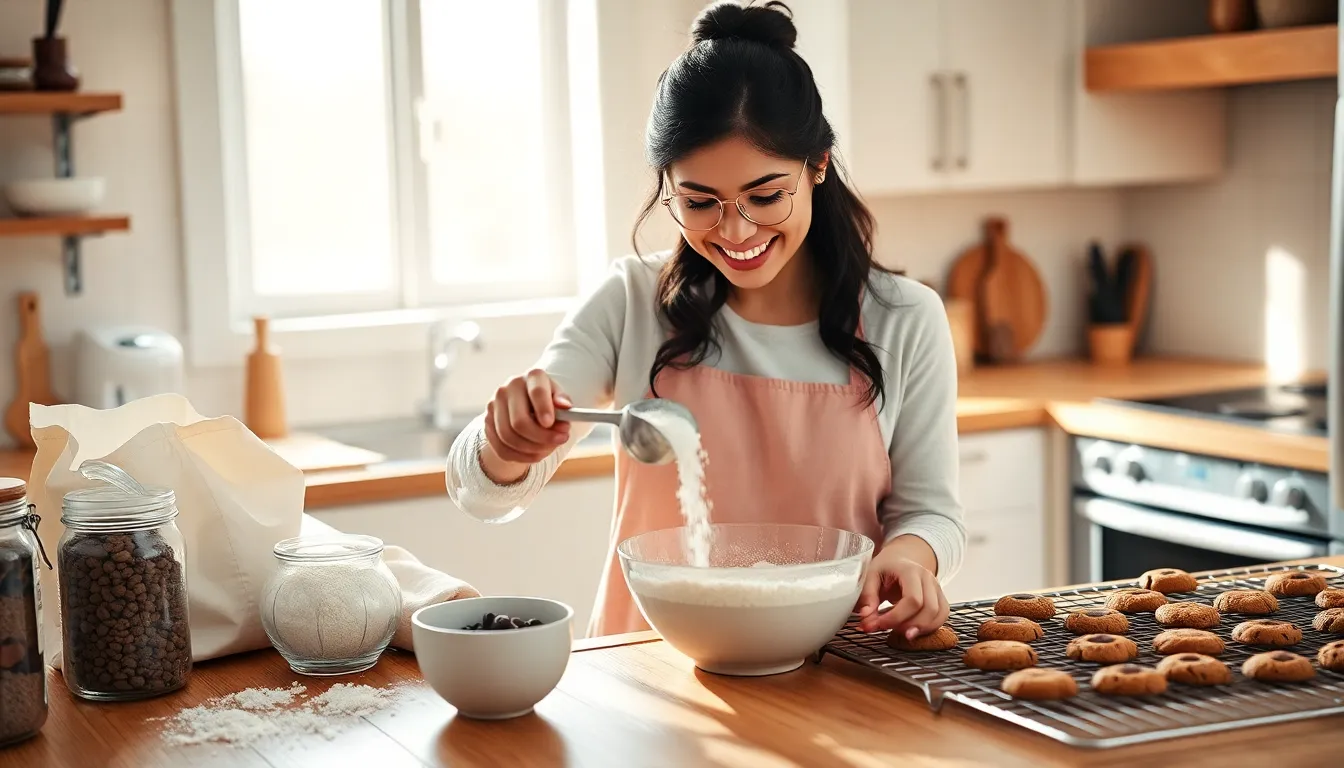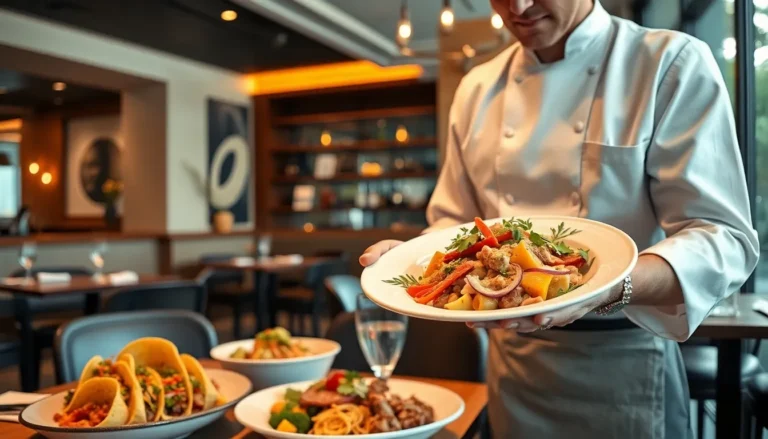Cookies have a unique way of bringing joy to kitchens and homes. Whether they are baked for a special occasion or simply for a sweet treat, the art of making cookies is both a science and a cherished tradition. Understanding the nuances of cookie baking can elevate the experience, transforming an ordinary batch into something extraordinary. This guide delves into the essential aspects of baking cookies, from choosing ingredients to mastering techniques, ensuring that every cookie baked is a step closer to perfection.
Table of Contents
ToggleThe Art of Baking: Understanding Cookies

Baking cookies is more than just a delightful hobby: it’s a perfect blend of art and science. The right balance of flavors, textures, and techniques yields cookies that can tantalize anyone’s taste buds.
Essential Ingredients for Perfect Cookies
To create cookies that are soft, chewy, or crisp, one must understand the essential ingredients. Here are the foundational components:
- Flour: All-purpose flour is standard, but specific cookie recipes may call for alternatives like whole wheat.
- Sugars: Granulated sugar provides sweetness and crispness, while brown sugar adds moisture and chewiness.
- Fats: Butter is a popular option for flavor and texture, but margarine and oils can also be used for different results.
- Eggs: They bind ingredients and add richness. The number of eggs can influence the cookie’s consistency.
- Leavening Agents: Baking soda and baking powder help cookies rise. Knowing the right amount impacts density.
- Flavoring: Vanilla extract, chocolate chips, nuts, and spices add unique flavors to cookies.
Types of Cookies You Can Make
Cookies come in various forms, each offering unique tastes and textures. Here’s a glimpse into popular types:
- Drop Cookies: Simple to make and versatile, these often include chocolate chip or oatmeal cookies.
- Rolled Cookies: These are rolled out and cut into shapes. Think sugar cookies or gingerbread men.
- Bar Cookies: Made in a pan and cut into pieces, brownies are a popular example.
- Meringue Cookies: Light and airy, these are made primarily from egg whites and sugar, resulting in delightful textures.
Baking Techniques and Tips
Mastering cookie baking involves more than just following a recipe, it’s about understanding the process.
Choosing the Right Equipment
The right equipment plays a vital role in baking success. Essential tools include:
- Mixing Bowls: A good set of mixing bowls in various sizes helps in ingredient preparation.
- Measuring Cups and Spoons: Precision is key in baking. Invest in a sturdy set for accurate measurements.
- Baking Sheets: Non-stick sheets or parchment paper can prevent cookies from sticking.
- Cooling Racks: These allow cookies to cool evenly, preventing sogginess.
Mixing and Measuring Ingredients
Accurate measuring is crucial. This means understanding the difference between packed and loose ingredients, especially with sugars and flours. Here’s how to approach mixing:
- Cream the Butter and Sugar: This step incorporates air, resulting in light cookies.
- Mix Dry and Wet Ingredients Separately: Combining them gradually prevents clumping.
- Don’t Overmix: Overworking the dough can lead to tough cookies, so mix just until ingredients are combined.
Baking and Cooling Your Cookies
Once the dough is ready, it’s time to bring it to life in the oven.
Decorating Cookies: From Simple to Extravagant
Decorating cookies adds a personal touch and makes them visually appealing. Decoration techniques vary:
- Glazing: A simple glaze can elevate a cookie’s appearance and sweetness.
- Royal Icing: Often used for detailed designs, it dries hard, ideal for decorated cookies.
- Sprinkles and Edible Glitter: A fun way to add color and flair.
- Fondant: Used for a smooth and polished finish, this is often seen in more elaborate cookie designs.
Storing and Serving Your Cookies
Proper storage ensures the longevity and taste of cookies. Here are some tips for storage and service:
- Cool Completely Before Storing: Storing warm cookies leads to condensation, which can make them soggy.
- Use Airtight Containers: This helps keep cookies fresh and prevents them from absorbing odors from other foods.
- Freezing Cookies: Many cookies freeze well. Place them in a single layer on a tray until firm, then transfer to a freezer bag.
- Serving Suggestions: Pair cookies with milk, coffee, or tea for a delightful snack experience. Presentation matters, arranging cookies on a decorative plate can enhance the overall appeal.
Conclusion
Baking cookies is an art that invites creativity and joy into the kitchen. By understanding the fundamental ingredients, mastering essential techniques, and employing thoughtful decoration and storage methods, anyone can elevate their cookie-making skills. Whether indulging in a classic chocolate chip or experimenting with unique flavor combinations, the world of cookies is full of endless possibilities. With patience and practice, each batch becomes a delicious expression of love and artistry, turning ordinary moments into sweet memories.



